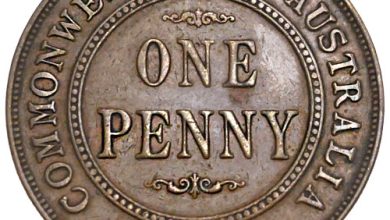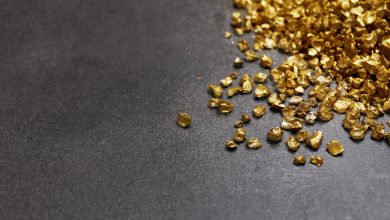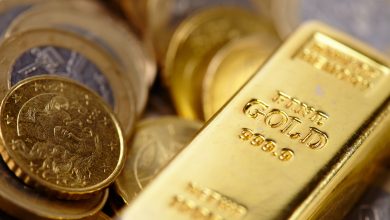The Gold Standard
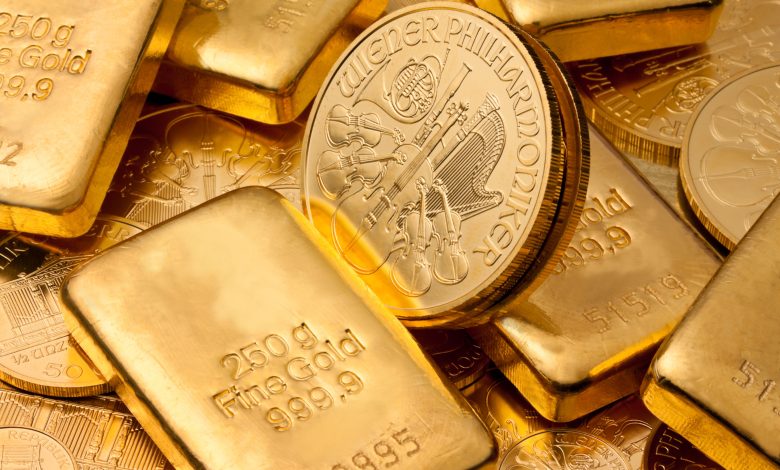
Australia has always been a nation famous for many things and our gold is one of them. The yellow metal is part of our nation’s history and like most, our nation’s currency was backed by gold for a long time. This all changed in 1932 when the Commonwealth Bank of Australia decided to depart from the gold standard which had given the currency its value. It has been estimated that since then, the Australian dollar has diminished in value by up to 72%, this is no different to other global world currencies that similarly abandoned the gold standard. Following this, nations have experienced continued inflation. When governments are allowed to print money, consumer purchasing power decreases e.g. inflation.

Gold has continued to play a large role in Australia with it remaining one of our largest exports for several generations. Despite our relatively small population compared to other gold-producing nations like China and Russia, Australia is a global leader in gold mining and production currently being ranked the second largest gold producer in the world with 390 tonnes of gold produced each year! The rich Australian gold fields have always been a source of national pride and wealth. For a time over 40% of the gold sovereigns in circulation in the British Empire were produced at various mints right here in Australia. Further to this some of the most famous and rare sovereigns were produced in Australia, such as the 1899 P, the 1920 S and the Sydney Mint Sovereigns from 1855 to 1870.
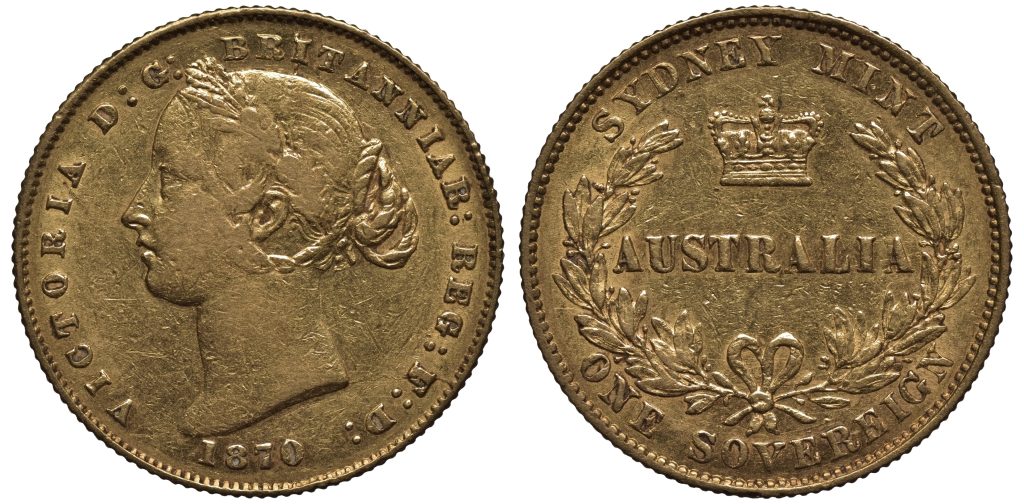
”The gold sovereign is the only coin in history to be minted in five continents across the British Commonwealth. We look at the mints and markets that produced and traded this remarkable coin.”
In today’s world, everyone has an opinion and their own beliefs, none more prevalent than those within the United States who are involved in the bullion industry. Many look back in history to the gold confiscation acts and hypothesis about worst-case scenarios for our future. People associate these times with the pre-1933 US gold coins and there are many opinions for and against these coins. Some believe that existing pre-1933 gold coins would not be subject to another gold confiscation act were this to occur, while others believe these coins may be more susceptible to such an occurrence being that their existence at all remains in question.
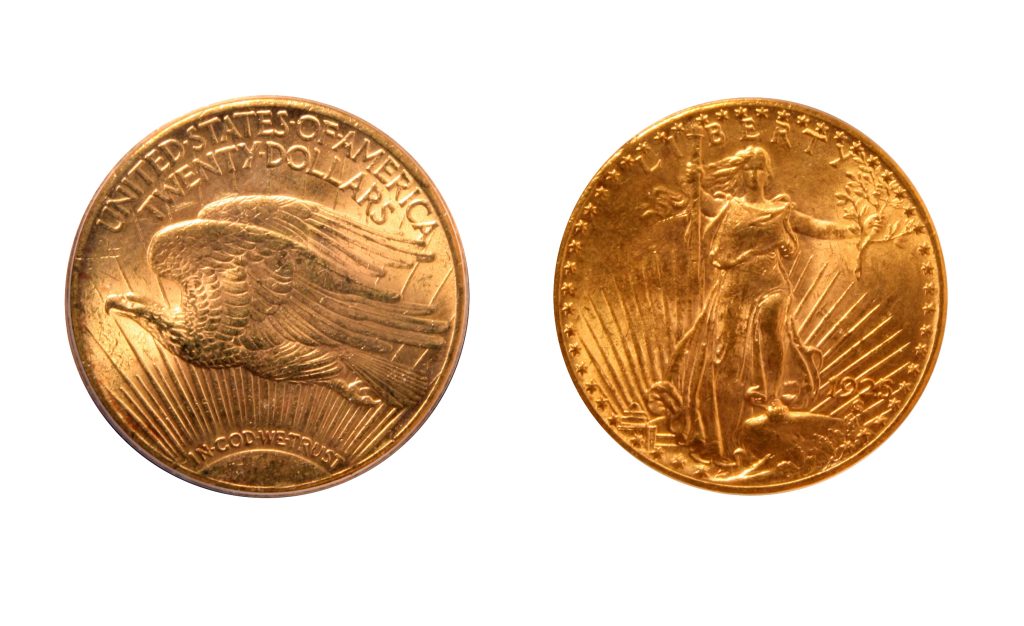
These thoughts make us ponder why there is such a demand for pre-1933 US gold coins when other world gold coins like Australian sovereigns serve similar purposes but seem to fall by the wayside for this type of investor. Is it because the USD is the world’s global currency? Is it because of the media saturation the US produces? Or is it simply because no other nation experienced the same gold confiscation acts to the same extent as the US 1933 confiscation acts?
When thinking about these policies it’s important to remember that this is not purely something which was limited to the US but rather was enforced globally by desperate governments – as they say, desperate times call for desperate measures… To further illustrate this, look no further than:
– Russia, abolished the gold standard in 1918 making all gold coins produced before then highly collectable. View our full range of Russian gold coins here
– Great Britain departed the gold standard in 1917 due to extreme economic hardships during the great war and whose sovereigns are sought after and arguably were more internationally traded than pre-1933 US gold coins. View or range of Bullion full and half sovereigns here
– Australia removed the gold standard in 1932, sovereigns before this time were currency coins and traded internationally. View our full range of collectable gold sovereigns here
For an investor’s peace of mind would it not benefit them to purchase gold currency from multiple nations before their abolishment of the gold standard? After all, they say diversification is key…
[1] https://www.adamseconomics.com/post/will-the-australian-gestapo-come-for-your-gold [2] https://thecoincabinet.com/journal/commonwealth-sovereigns-a-brief-summary/

